
|
| Accept Cookies | Customize | Refuse Cookies |
cover photo by Fabio Vegetti |
| Sort by date |
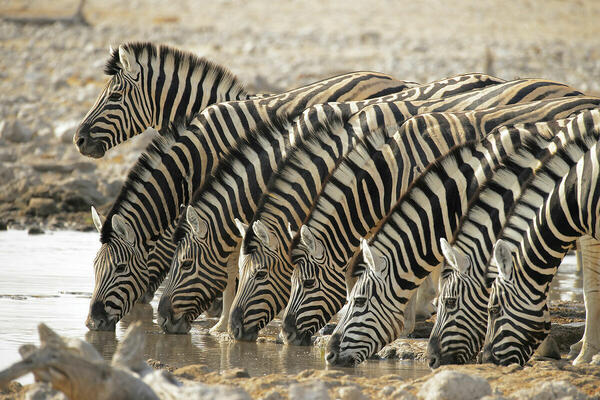 Tanta Thirst by Fabio Vegetti169 comments, 16131 views ![[editors pick]](shared_files/layout/ep_badge.jpg) ![[retina]](shared_files/layout/retina_badge.jpg) 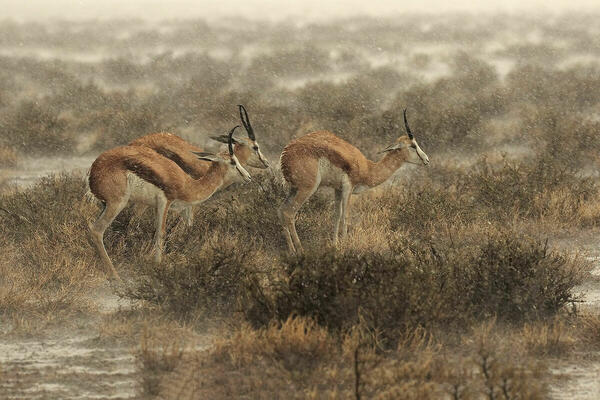 Under the Storm by Giorgio Cagnetti102 comments, 10020 views ![[editors pick]](shared_files/layout/ep_badge.jpg) ![[retina]](shared_files/layout/retina_badge.jpg) 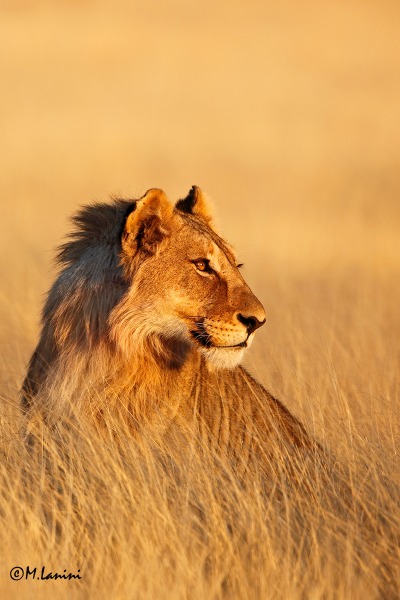 Young lion at dawn (Panthera leo) by Maurizio Lanini64 comments, 24406 views ![[editors pick]](shared_files/layout/ep_badge.jpg) 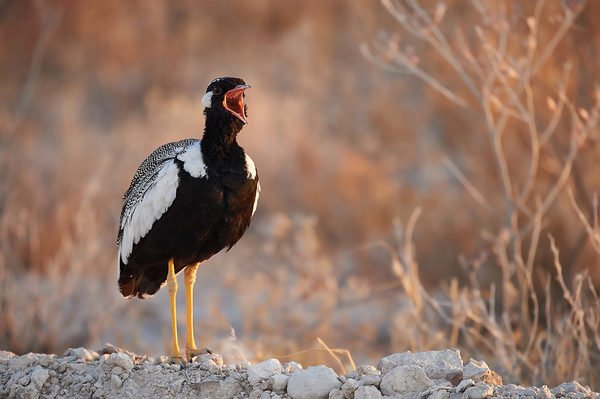 Good morning bustard by Fabio Vegetti81 comments, 9599 views ![[editors pick]](shared_files/layout/ep_badge.jpg) ![[retina]](shared_files/layout/retina_badge.jpg) 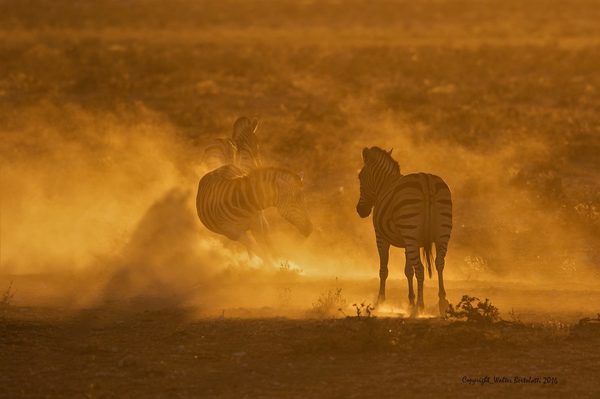 Exuberance by Walter Bertolotti77 comments, 5412 views ![[retina]](shared_files/layout/retina_badge.jpg) 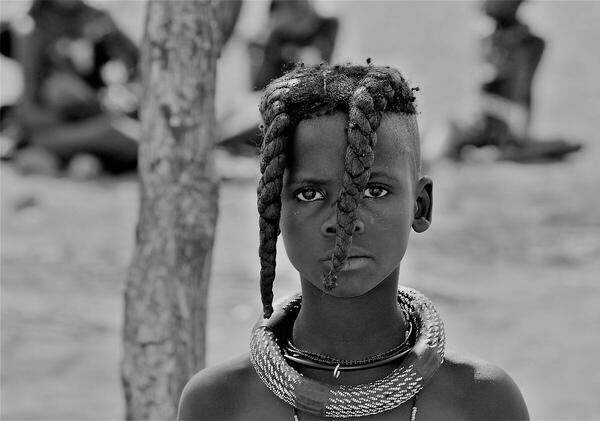 The proud gaze of Africa-Himba by Enrico F162 comments, 7503 views ![[retina]](shared_files/layout/retina_badge.jpg) 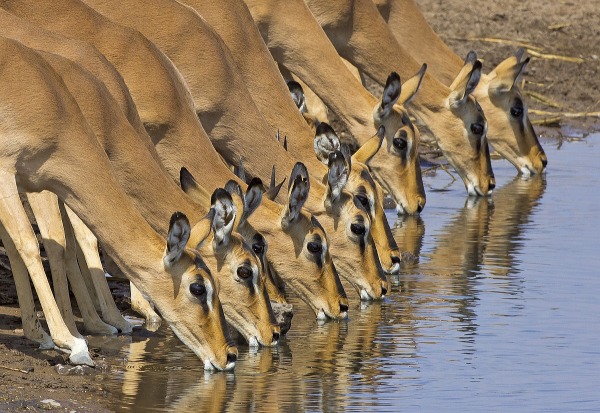 The thirst by Marco Valentini68 comments, 7453 views 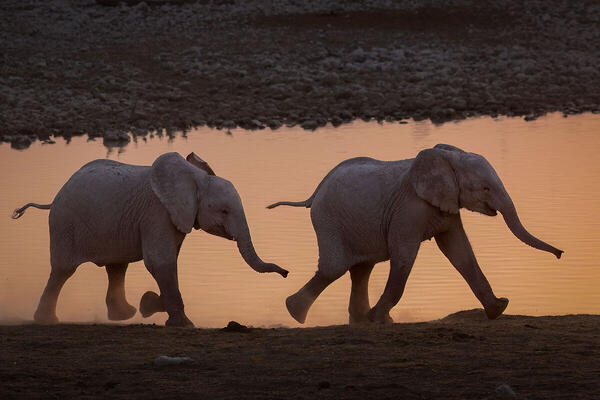 Here come the brothers! by Davide Fusco47 comments, 3111 views ![[editors pick]](shared_files/layout/ep_badge.jpg) ![[retina]](shared_files/layout/retina_badge.jpg)  Lady Etosha by Walter Bertolotti33 comments, 2184 views ![[editors pick]](shared_files/layout/ep_badge.jpg) ![[retina]](shared_files/layout/retina_badge.jpg) 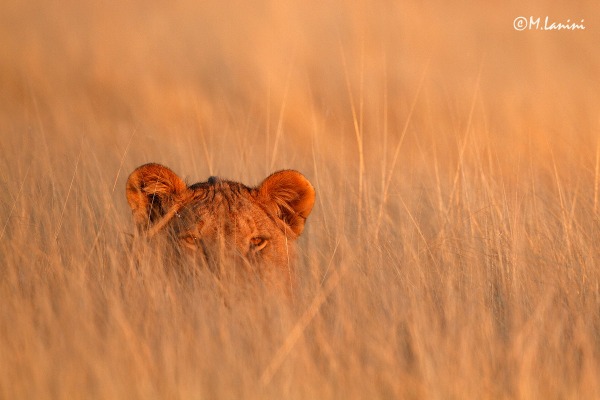 READY dawn ambush Lion (Panthera leo), Namutoni, N.Park Etosha, Namibia, Africa by Maurizio Lanini54 comments, 10387 views 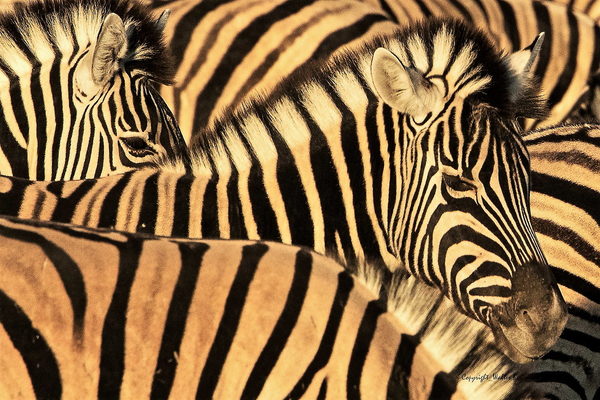 Unity is strength by Walter Bertolotti66 comments, 4685 views ![[retina]](shared_files/layout/retina_badge.jpg) 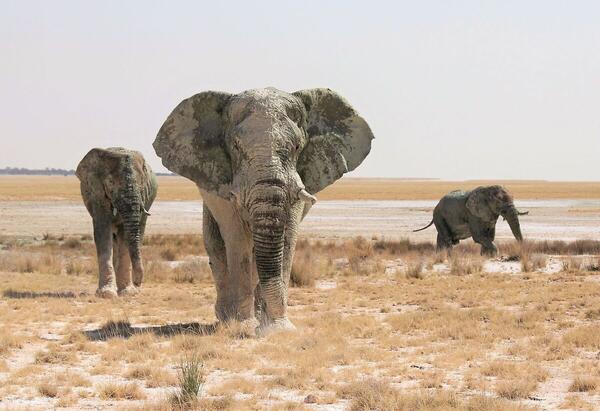 The March of the White Giants by Enrico F98 comments, 3167 views ![[retina]](shared_files/layout/retina_badge.jpg) 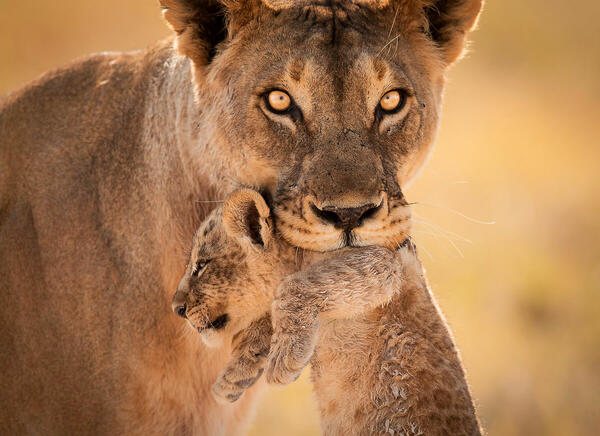 Protection by Alessandro Beconi37 comments, 4210 views 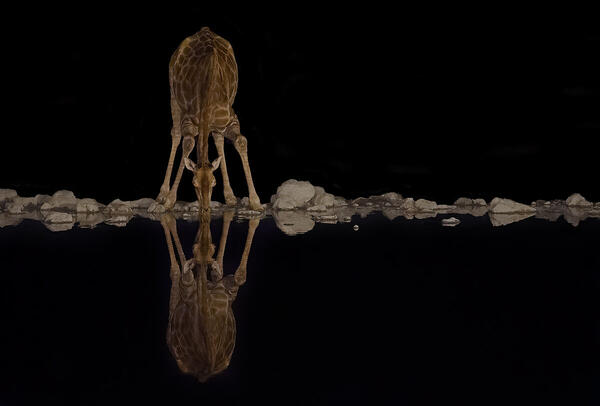 Night Mirror by Fabio Vegetti36 comments, 2610 views ![[retina]](shared_files/layout/retina_badge.jpg) 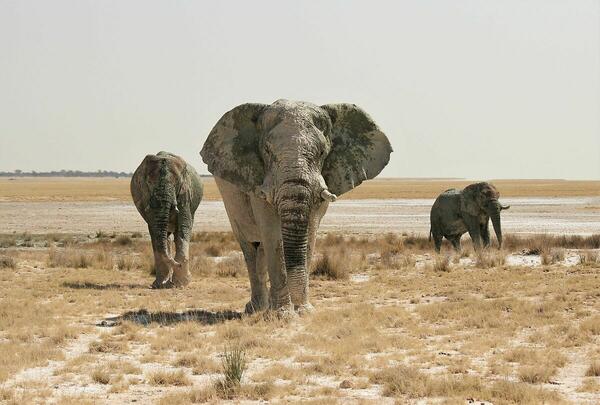 The Sovereigns of the Pan by Enrico F65 comments, 3013 views ![[retina]](shared_files/layout/retina_badge.jpg) 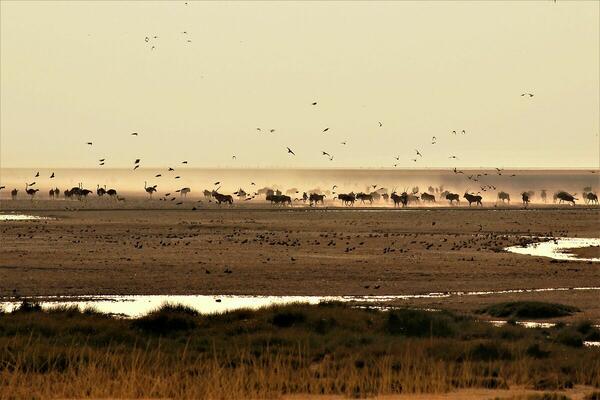 The dance of life and light by Enrico F72 comments, 3763 views ![[retina]](shared_files/layout/retina_badge.jpg)  The wounded zebra by Elisabetta Leonardi97 comments, 1337 views ![[retina]](shared_files/layout/retina_badge.jpg) 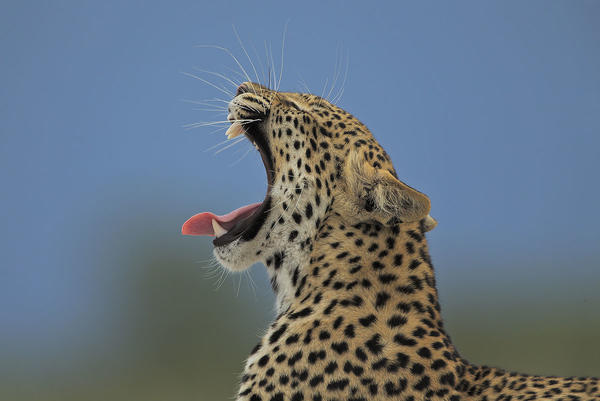 Leo by Giorgio Cagnetti43 comments, 3179 views 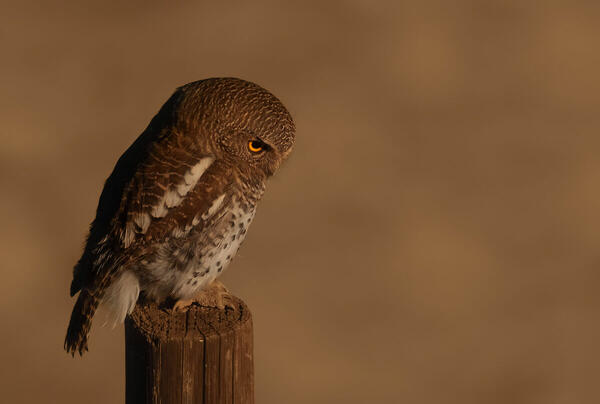 Etosha's Nana by Fabio Vegetti37 comments, 1976 views ![[retina]](shared_files/layout/retina_badge.jpg)  Springbox by Elisabetta Leonardi102 comments, 931 views ![[retina]](shared_files/layout/retina_badge.jpg)  White rhinoceros by Elisabetta Leonardi88 comments, 1517 views ![[retina]](shared_files/layout/retina_badge.jpg) 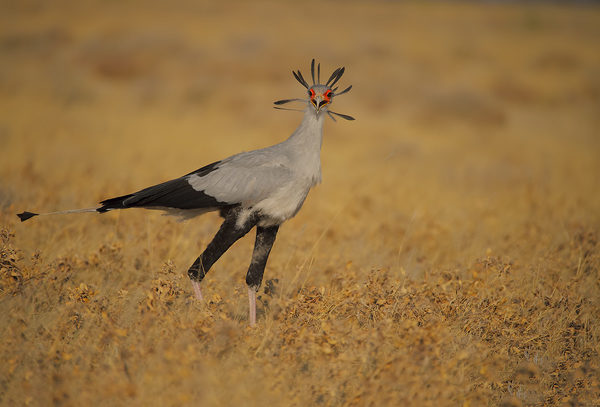 Curious Serpentario by Fabio Vegetti40 comments, 3536 views ![[retina]](shared_files/layout/retina_badge.jpg) 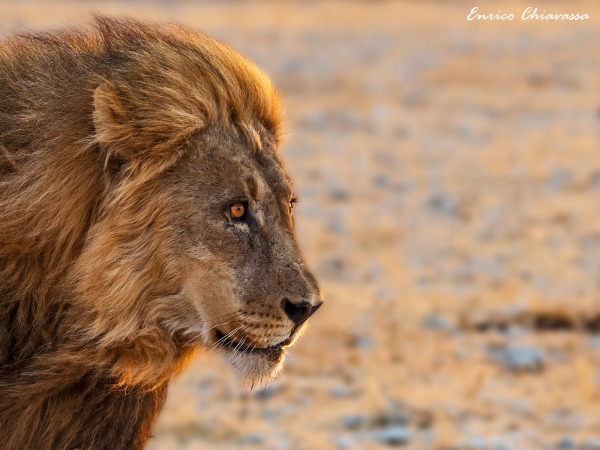 Objective localized ... by Enrico Chiavassa36 comments, 5522 views 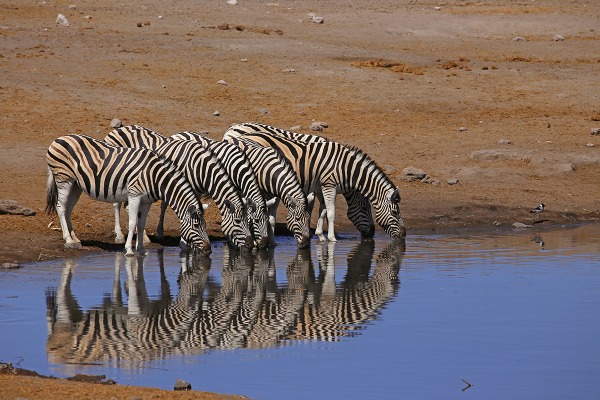 Zebras at the pool by Editore30 comments, 3499 views  Out of Etosha by Massimo Beggio foto51 comments, 678 views ![[retina]](shared_files/layout/retina_badge.jpg) 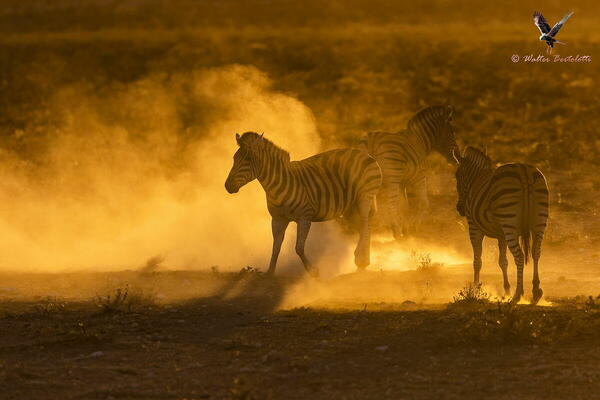 The light of life by Walter Bertolotti32 comments, 1803 views ![[retina]](shared_files/layout/retina_badge.jpg) 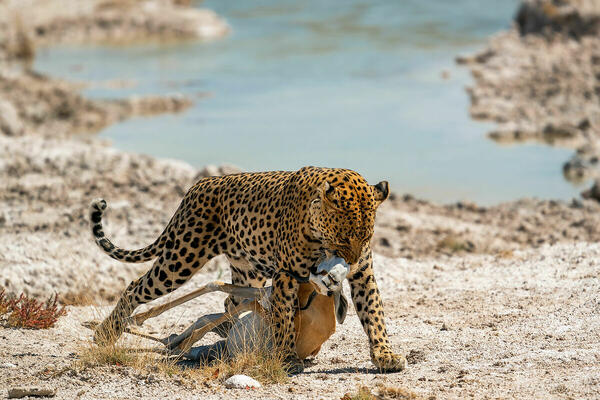 Big game by Massimo Fusaro13 comments, 3151 views ![[retina]](shared_files/layout/retina_badge.jpg)  Perfect assimetries by Enrico F55 comments, 2615 views ![[retina]](shared_files/layout/retina_badge.jpg) 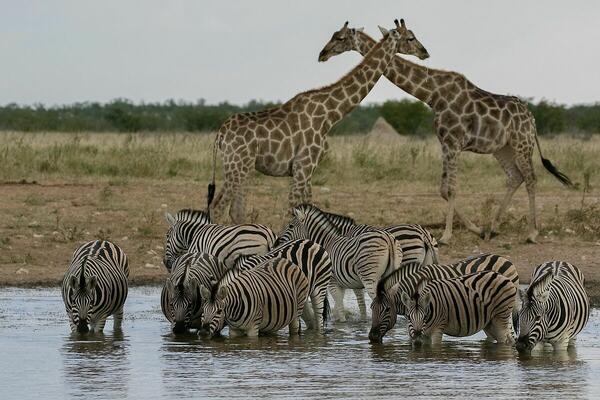 Spritz time by Susy Dan41 comments, 1640 views ![[retina]](shared_files/layout/retina_badge.jpg) 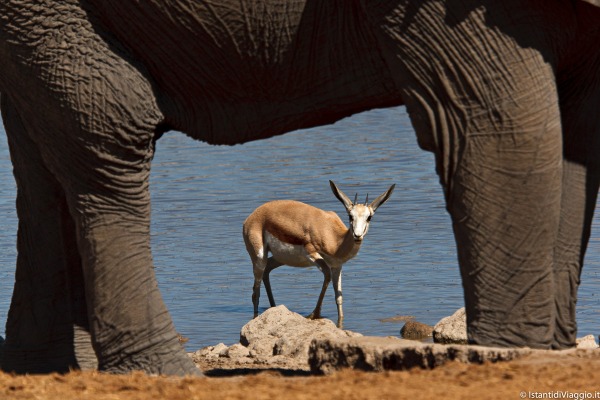 Size. by Alessandro Toller34 comments, 5218 views 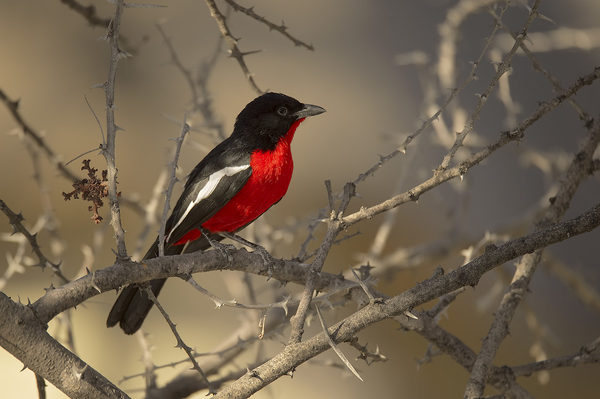 Shrike Pettorosso by Fabio Vegetti24 comments, 2686 views ![[retina]](shared_files/layout/retina_badge.jpg) 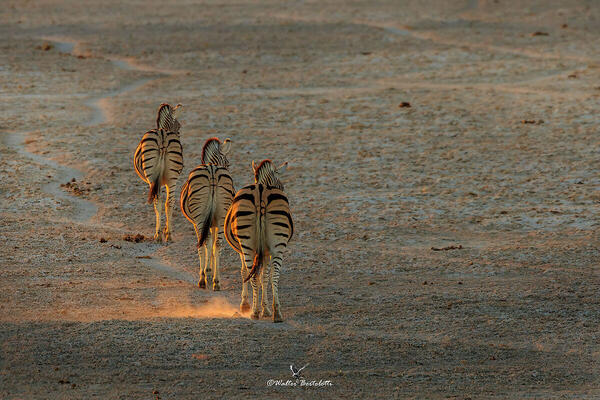 The Dawn of Etosha by Walter Bertolotti28 comments, 1782 views ![[retina]](shared_files/layout/retina_badge.jpg)  Elephants at the pool by Elisabetta Leonardi64 comments, 662 views ![[retina]](shared_files/layout/retina_badge.jpg) 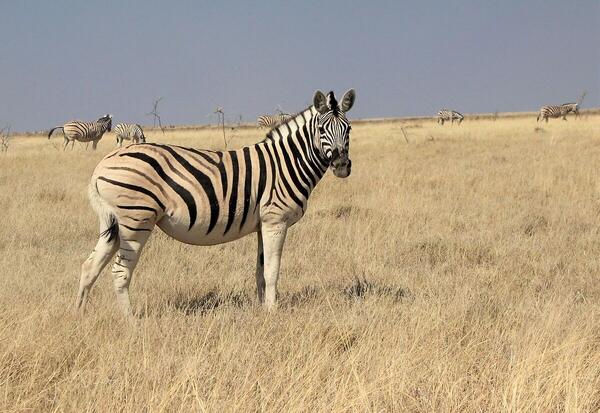 I observe you .... by Enrico F51 comments, 2051 views ![[retina]](shared_files/layout/retina_badge.jpg) 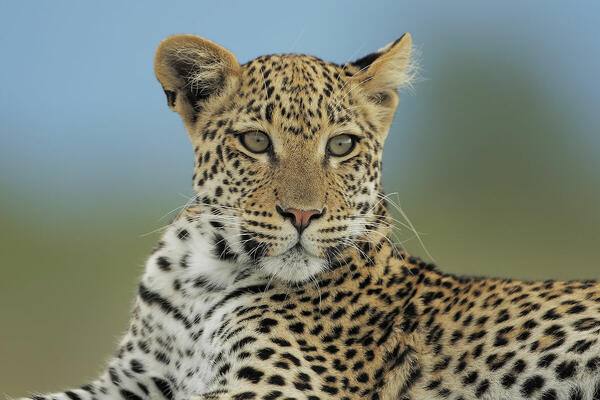 Young Leopard by Giorgio Cagnetti21 comments, 2236 views 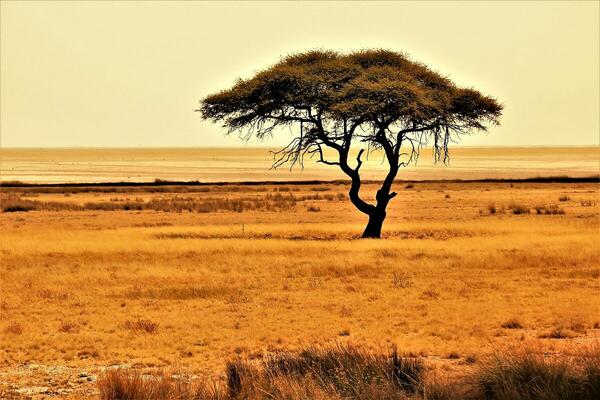 Fileds of Gold by Enrico F34 comments, 1846 views 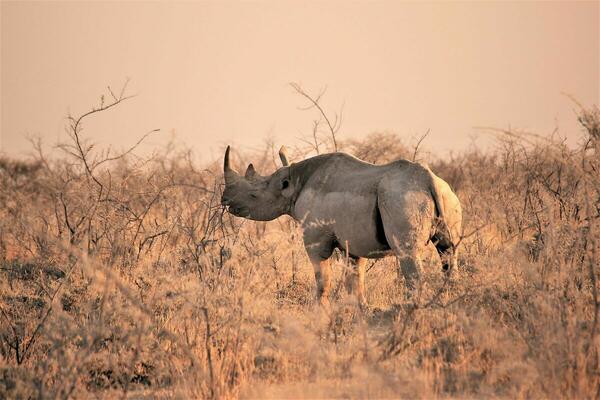 The ruler of a kingdom of dust and thorns by Enrico F43 comments, 2280 views ![[retina]](shared_files/layout/retina_badge.jpg) |
 JuzaPhoto contains affiliate links from Amazon and Ebay and JuzaPhoto earn a commission in case of purchase through affiliate links.
JuzaPhoto contains affiliate links from Amazon and Ebay and JuzaPhoto earn a commission in case of purchase through affiliate links.May Beauty Be Everywhere Around Me